I have built a .NET Core 6 app, with an external identity provider. I've used IdentityServer4 as the identity provider. So far what I built almost works. If you go to the login-page, choose the external login, you are redirected to my identity server. Here you login, and you're redirected back to my app. Here ASP.NET Core Identity uses the token to log you into the app, this works.
However if you (in unauthenticated state) try to access a view with the Authorize-attribute on it, you're redirected to the identity server, here you log in, redirects you back to the app, but then does not log you into the app. It sends you back to the identity server and then the endless loop begins.
I'm using the default ASP.NET Core Identity Razor pages - I've tried scaffolding them to debug what happens. And as far as I can see, when I manually log in. All the necessary steps happen. The redirect back to my app, using the identity token to log in. None of this happens, when I hit a page with the Authorize attribute.
Also when I hit the page with the Authorize attribute, I'm sent directly to my identity server login page, not the login page in my app.
Any ideas?
var builder = WebApplication.CreateBuilder(args);
var connectionString = builder.Configuration.GetConnectionString("MvcClientContextConnection") ?? throw new InvalidOperationException("Connection string 'MvcClientContextConnection' not found.");
builder.Services.AddDbContext<MvcClientContext>(options =>
options.UseSqlServer(connectionString));
builder.Services.AddAuthentication(options =>
{
options.DefaultScheme = "Cookies";
options.DefaultChallengeScheme = "oidc";
})
.AddCookie("Cookies")
.AddOpenIdConnect("oidc", options =>
{
options.SaveTokens = true;
options.Authority = "https://localhost:5001";
options.ClientId = "mvc";
options.ClientSecret = "secret";
options.ResponseType = OpenIdConnectResponseType.Code;
options.Scope.Add("profile");
options.Scope.Add("email");
options.GetClaimsFromUserInfoEndpoint = true;
options.RequireHttpsMetadata = false;
});
builder.Services.AddDefaultIdentity<IdentityUser>(options => options.SignIn.RequireConfirmedAccount = false)
.AddEntityFrameworkStores<MvcClientContext>()
.AddDefaultTokenProviders();
I've checked that cookies are set - and I have the following cookies. I'm not sure, what to expect.
Also I've tried debugging the OnTokenReponseReceived event - to see if I receive a token. And I do. Both an Access token and an Id token. I've tried inspecting them. And as far as I can tell there is no skewing of time. And the values I would expect are there.
options.Events.OnTokenResponseReceived = n =>
{
return Task.FromResult(0);
};
The Id-token:
{
"nbf": 1655641328,
"exp": 1655641628,
"iss": "https://localhost:5001",
"aud": "mvc",
"nonce": "637912381209176720.ZDIwZWJhZjUtYWJkNi00OWY2LTliZDMtYjdhNjI3NTA3YjFkNjdlOGIxMDQtNmUwYy00ZmUxLTk4MzUtNDI5YjEwODZkOGRh",
"iat": 1655641328,
"at_hash": "UJwjVbUn4onLus-a6Wo8qA",
"s_hash": "UAsrV-r-CNCIK73V1KT0iw",
"sid": "6E7E25E03BFD3D1BEDB2FE6980EC9287",
"sub": "3d8f3e39-d9c4-4e75-88f4-07d359e21052",
"auth_time": 1655640810,
"idp": "local",
"name": "myuser",
"email": "myuser@mysite.dk",
"preferred_username": "myuser@mysite.dk",
"email_verified": true,
"amr": [
"pwd"
]
}
